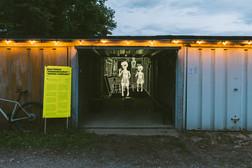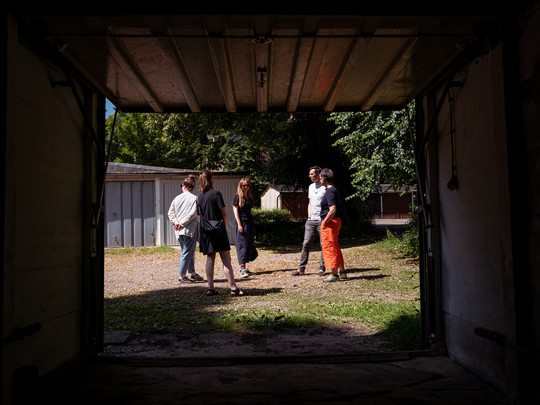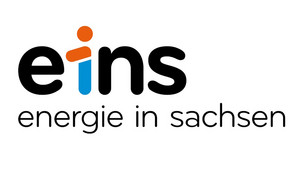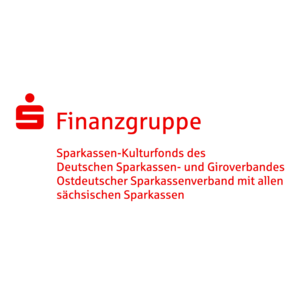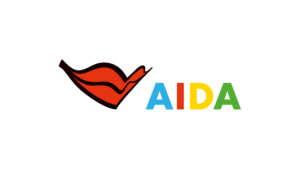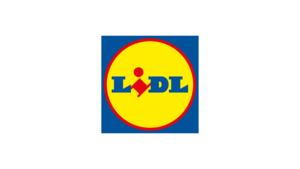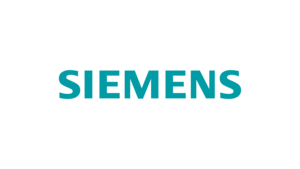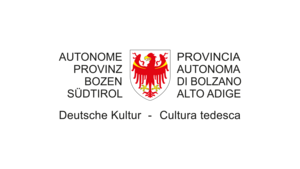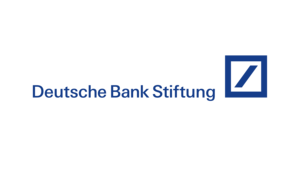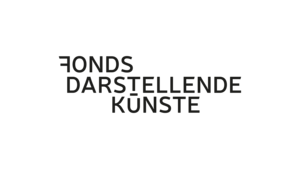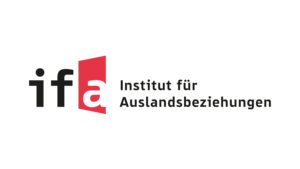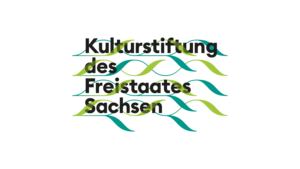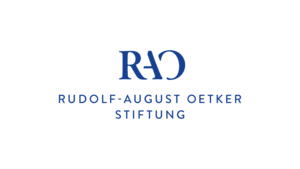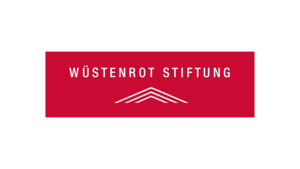Interior landscapes
A video installation about garage-interiors


The video work consisted of numerous edited photographs of open garages, which were sent to the artist by Chemnitzer:innen in response to his public appeal. The interiors of the digitally drawn garages are filled with motifs that have been present in Klaus Pobitzer's work for years: Aliens, historical figures, politicians, celebrities, pop stars, animals, flowers and elements of everyday life. His works are based on digital images from the Internet, which the artist meticulously traces, occasionally supported by artificial intelligence. This results in complex, socio-critical visual worlds - less hidden object images than dense compositions in which real everyday material and fictional subjects overlap and interweave.
The Chemnitz garages served as projection surfaces for personal and collective ideas, for clichés, longings, absurdities and observations. Each garage became a world of its own - and in interaction with the imaginary inscriptions from pop culture, politics and fantasy, a picture of the present emerged that is as confusing as the world itself.
The project was realisedwith the support of the Austrian Cultural Forum Berlin and the German Culture Department of the Autonomous Province of Bolzano-South Tyrol.
The installation was on display at Garage Ahornstraße 29 from 24 May to 16 June 2025 and then transferred to the #3000Garagen exhibition.
The Chemnitz Garage Alien Rap
Between the views of the garage worlds, a rap song written entirely by an artificial intelligence appears again and again in the work. A music video in which aliens dance in lederhosen. What initially seems like a joke is actually a precise artistic gesture: to visualise what happens when we leave the storytelling to a machine. The AI feeds itself from the internet - and therefore from the collective digital memory: from images, clichés, myths and untruths. What it produces is not criticism, but a mirror of what we are constantly telling the world. The alien rap sounds well-rounded, the video seems coherent - and yet a stale aftertaste remains. The aliens are not just decoration. They are there because they are not prejudiced. They enter the picture as outsiders - neutral, without history, without shame, without irony. Their dance seems mechanical, almost childlike - and stands in contrast to the thoroughly human-coded language of the AI. Their "strangeness" refers to the self, which is unconsciously restaged in the AI. Because the work is not an expression, but an echo. It is a machine-generated product that the artist only frames, not comments on. Not an attitude, but an aggregate. The point is not to judge, but to observe what happens when culture is processed by machines and how deeply artificial intelligence has already inscribed itself into our visual and linguistic worlds. The result is a work that asks more questions than it answers. It seems casual, almost harmless - and that is precisely where its irritation lies.



